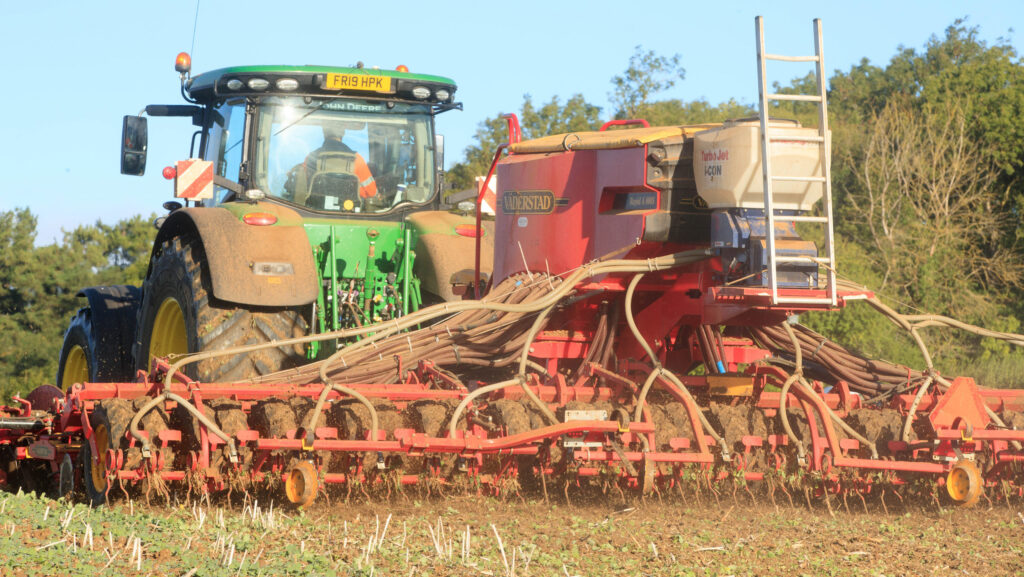Trial to explore potential of milling wheat variety blends
 © Tim Scrivener
© Tim Scrivener An initiative funded by the AHDB is testing whether growing a blend of milling wheat varieties can deliver better yields and crop quality.
The four-year project, costing just over £260,000, will combine UK trials with experience of farmers and millers to assess the potential of milling wheat variety blends to deliver meet milling specifications, and contribute to more sustainable production practices.
See also: Farmer Focus: A fond farewell means a look forward to change
The need for robust information on growing multiple varieties as a single crop was identified in the most recent review of the AHDB Recommended Lists (RL) for cereals and oilseeds.
In addition to potentially delivering stronger yield and quality (compared to single-variety stands), cereal blends may produce other benefits, such as better yield stability and lower disease severity.
This could in turn reduce fungicide spray intensity, contribute to the management of fungicide resistance risks, and prolong the durability of disease resistance genes.
The AHDB variety blend tool for winter wheat will be used to identify hard milling varieties (UKFM Groups 1 and 2) to include in the project’s dedicated variety blend trials, which will feature the same varieties in single stands for comparative purposes.
AHDB crop protection scientist Georgia Hassell, who leads the variety blends initiative, explains the trials will specifically assess how varieties complement each other in mixes.
“Based on pedigree information and RL agronomic data, the AHDB variety blend tool for winter wheat can identify potential blends.
“However, as the tool data is based on varieties grown as straights, it does not account for complementarity of traits.
“In other words, it does not indicate whether a mix will be greater or less than the sum of its parts.
The trials will be drilled each autumn (2025, 2026 and 2027) at two experimental sites:
- Harper Adams University (Shropshire) – generally has a high Septoria tritici pressure
- Agrii Throws Farm (Essex) – generally has a high yellow rust pressure
The trials will include the following treatments:
- No- or low-fungicide treatment to test disease resistance of blends compared to their component varieties
- A high fungicide intensity treatment (RL standard fungicide programme) to suppress all diseases to test the additional benefits of blends
Various measurements will be taken, including disease levels, canopy assessments, growth stages, height and yield.
The project will also assess grain quality data via milling and baking tests, analyse mycotoxin concentrations and record the presence of ergot.
Led by experts at Harper Adams University and Cope Seeds, the work will deliver evidence on the performance of variety blends, prime conversations among farmers and millers, and ultimately underpin the adoption of blends in the UK.

